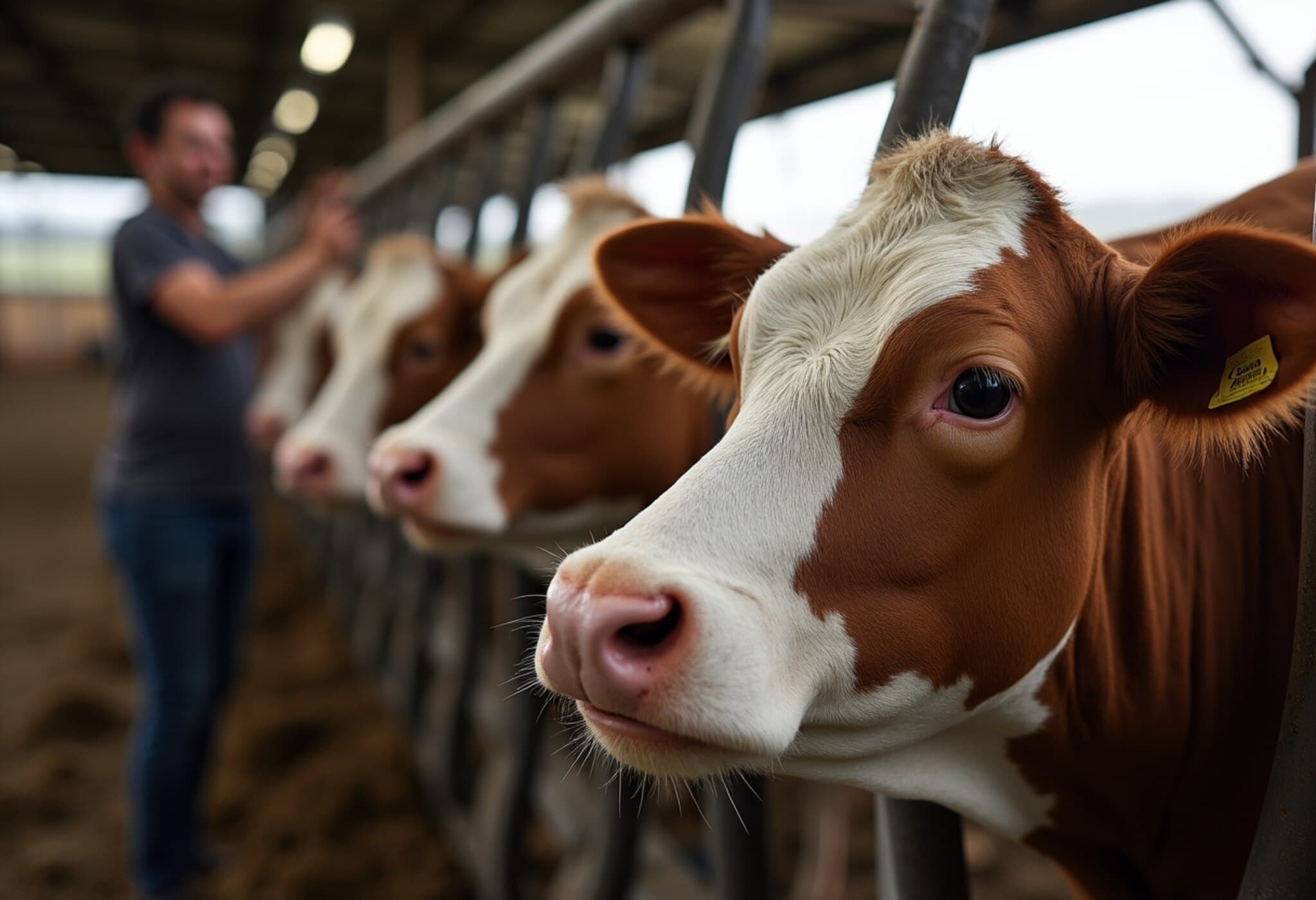South Korea’s Dog Meat Ban: A Deadline Looming Over Farmers and Dogs
South Korea’s 2024 dog meat ban has set a firm deadline: all dog meat farms must shut down by February 2027. While this move signals progress in animal welfare, it has left farmers and approximately 500,000 dogs caught in an uncertain, painful limbo halfway through the grace period.
Farmers Struggle to Adapt Amid an Uncertain Future
For farmers like Reverend Joo Yeong-bong, who has spent decades raising dogs for meat, the ban has turned life upside down. “Since last summer, we’ve been trying to sell our dogs, but no traders are coming forward,” Joo explains. “We are drowning in debt and finding it impossible to move forward.”
Chan-woo, 33, shares a similar story, facing a harsh reality with 600 dogs on his farm and only 18 months left to wind down operations. “Processing this many dogs in such a short time is unrealistic,” he says. “I poured all my assets into this farm, but now nobody wants the dogs—not traders, not the government, not activists.”
The Ban’s Implementation: Good Intentions, Problematic Execution
Animal rights organizations and government bodies pushed for the ban, but once enacted, both sides appear unprepared for what comes next. Lee Sangkyung of Humane World for Animals Korea acknowledges the challenge: “The law passed without a solid plan for rescuing or rehoming the dogs left behind. This gap remains a major issue.”
The government expects local shelters to absorb surrendered dogs, yet this plan is complicated by several factors:
- Many farms breed large dogs like Tosa-Inu, considered "dangerous" by law, making adoptions difficult.
- Urban pet owners tend to prefer smaller breeds.
- There is lingering social stigma around meat-farm dogs due to fears of disease and behavioral trauma.
Consequently, shelters are becoming overcrowded, and the option of euthanasia looms, despite government assurances to the contrary. The head of a key animal welfare organization warned that dogs abandoned without alternatives face grim outcomes.
Government Incentives and Rescue Efforts Face Challenges
To support early compliance, the government offers financial incentives of up to 600,000 won ($450) per dog and is working to expand shelter capacities. Some dogs are even being sent abroad for adoption, but these efforts cover just a fraction of the total population awaiting help.
Yang Jong-tae, a former dog meat farmer who closed his operation in 2023, reflected on the contrasting treatment of the dogs post-ban: “Seeing the animals handled with care moved me deeply—our perspective was purely economic. Yet, I still question why dog meat is singled out when other animals remain part of the food chain.”
Farmers Call for Extended Support and a Gradual Transition
Many farmers, particularly younger ones like Chan-woo, hope for an extension of the shutdown period to manage the transition more realistically. Joo shares their fears: “People are holding on to hope, but as 2027 approaches, I worry about worsening hardship and despair.”
The ongoing crisis highlights a wider issue: while South Korea progresses toward ending dog meat consumption, the aftermath has unresolved human and animal consequences demanding urgent attention.
Key Takeaways
- South Korea’s 2024 dog meat ban mandates closure of all dog meat farms by February 2027.
- Farmers face financial ruin and logistical hurdles disposing of hundreds of thousands of dogs.
- Government shelters and rescue efforts are strained, with limited plans for rehoming large breeds.
- Financial incentives exist but fail to meet the scope of the challenge.
- Calls grow for extending grace periods and creating viable post-ban support systems.












